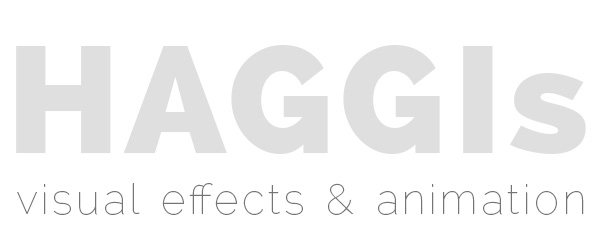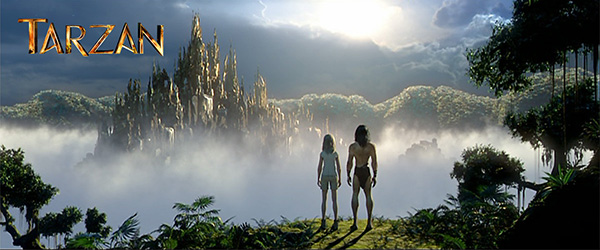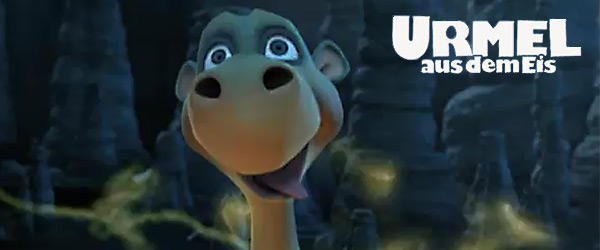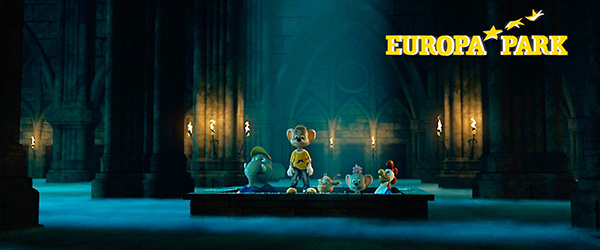TARZAN
This was a big one. Rainwood forest, lot of clouds, smoke, water effects. We streamlined our whole rendering and shading process by introducing linear workflow. Additionally we only used one single all-puropse shader for mentalray. The whole movie was done in mentalray was worked quite well, but was horror in some situations. Mentalray does not havea good solution for rendering volumes. Same applies for particles. It is unreliable, needs lot of time and lot of ram, but sometimes it works.
They especially create a lot of problems if you have some intersecting large cloud containers. That was no fun. Unfortunatly because we needed raytracing, we could not the famous rasterizer render engine in mentalray. So we had to use hard core raytracing what turned into horrible rendertimes because we needed to render motionblur directly instead of doing it in post process. For "Tarzan" I created the long awaited UI extension of the hair system. In fact I rewrote the whole thing. Now the artist could see what was happening if he modified the guides or added a modifier. I rewrote the renderman hair shader previously used for "Animals United" for mentalray. For "Tarzan" we introduced "Naiad" as a liquid simulation tool as well as Krakatoa for particle rendering. Here I could write an extension for mentalray which created the Naiad mesh geometry on demand, added features like "vorticity" or "speed" to the mesh which we then used for shading. During our RnD phase the Krakatoa SDK was released which enabled me to implement it directly into maya.
So the process was quite easy to handle at the end: Simulate in Naiad and render directly out of maya with on demand creation of meshes.







